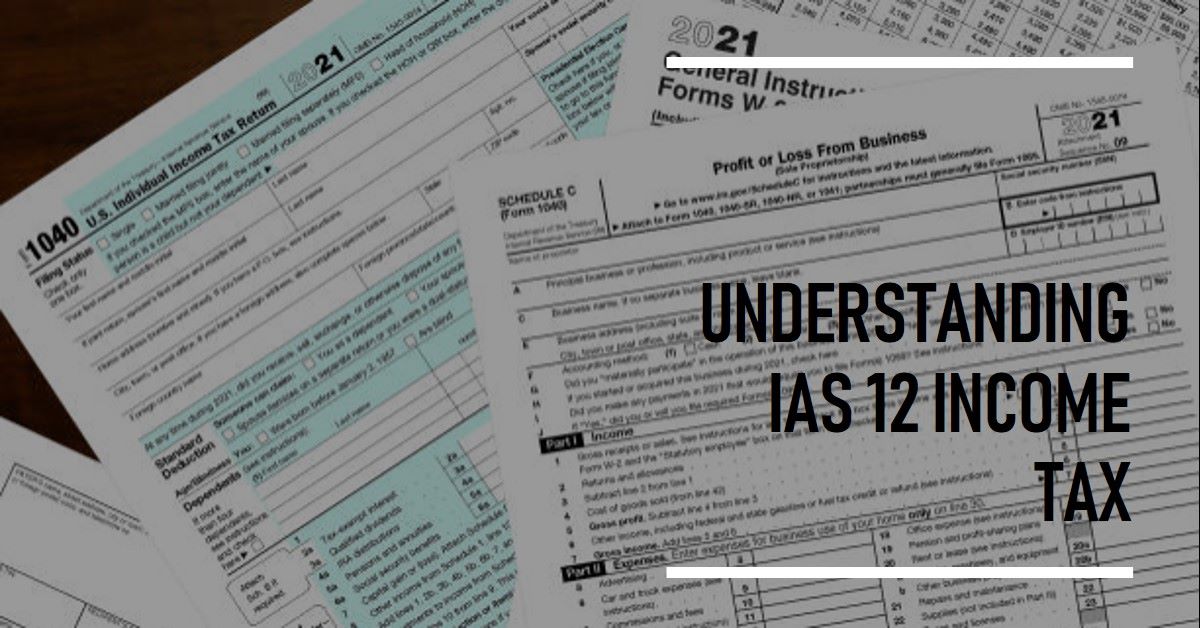IAS 12 (International Accounting Standard 12) is a standard that provides guidelines for accounting for income taxes in financial statements. The standard deals with the recognition, measurement, presentation, and disclosure of income taxes.
The key principles of IAS 12 are as follows:
- Recognition of current and deferred tax: A company should recognize a current tax liability or asset for the amount of income tax payable or recoverable in the current year, and a deferred tax liability or asset for the future tax consequences of temporary differences between the carrying amount of assets and liabilities in the financial statements and their tax bases.
- Measurement of current and deferred tax: Current tax should be measured at the amount expected to be paid to or recovered from the tax authorities, using the tax rates and tax laws that have been enacted or substantively enacted by the end of the reporting period. Deferred tax should be measured using the tax rates and tax laws that are expected to apply when the asset is realized or the liability is settled.
- Presentation of income tax: A company should present current and deferred tax as separate line items in the statement of financial position and statement of comprehensive income, except when it is not practicable to do so.
- Disclosure of income tax: A company should disclose the amount of current and deferred tax recognized in the financial statements, the amount of tax expense (or income) relating to continuing operations, and the amount of tax expense (or income) relating to discontinued operations.
IAS 12 is important because it ensures that companies account for income taxes in a consistent and transparent manner, which is essential for investors and other stakeholders to make informed decisions about the financial health of a company. It also helps to prevent potential misstatements in financial statements due to the complexities of income tax laws and regulations.
